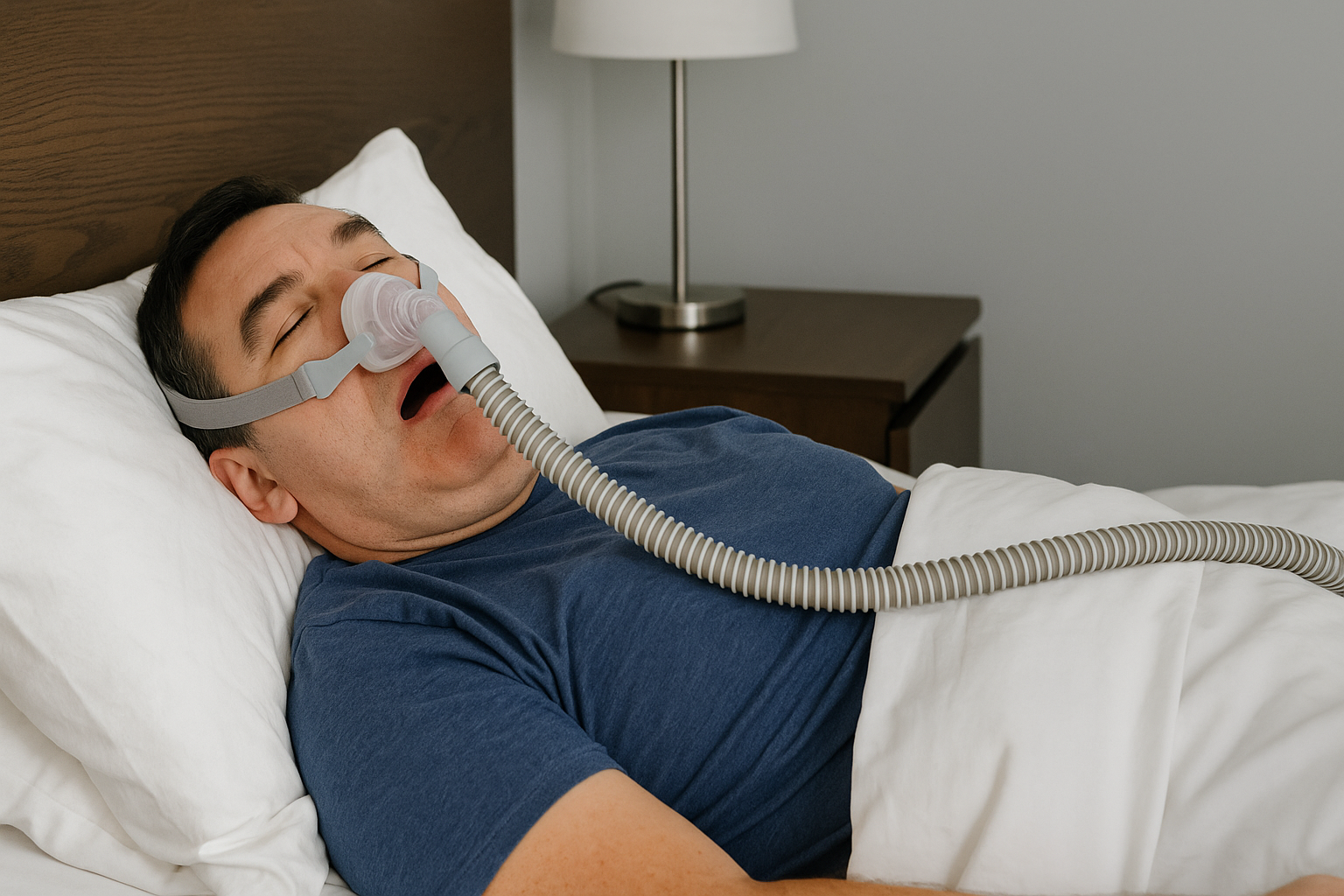Sleep is crucial to health, but for millions of individuals, it is troubled by a disorder called sleep apnea. A lesser-known by people but serious medical condition, it disrupts breathing during sleep and is frequently untreated and undiagnosed. In this guide, we will dissect what sleep apnea is, the types of sleep apnea, symptoms, causes, and the risk associated with it, as well as treatment.
What Is Sleep Apnea?
Sleep apnea is a sleep disorder characterized by pauses in breathing during sleep. These breathing pauses can last a few seconds to minutes and can happen several, several, several times a night. It interferes with the ability to get a good night’s sleep and may result in daytime fatigue or more grave health complications if left untreated.
Types of Sleep Apnea
Three types of Sleep Apnea:
- OSA (Obstructive Sleep Apnea):
OSA is the most common and is meant to describe waking episodes when the breathing gets cut off, usually when muscles at the back of the throat relax too much and the airway gets blocked.
- Central Sleep Apnea (CSA):
This is less common and occurs when the brain fails to send signals to the muscles that control breathing correctly.
- Mixed Sleep Apnea (MSA) :
Mixed sleep apnea, involves elements of both obstructive and central sleep apnea.
Common Symptoms
Sleep apnea is frequently overlooked, particularly since the most obvious clues occur while you’re asleep. Here, though, are the symptoms to watch out for:
- Loud, chronic snoring
- Gasping for breath or choking while sleeping
- Morning headaches
- Excessive daytime sleepiness
- Difficulty concentrating
- Changes in mood (for example, you may feel irritable or depressed).
- Waking up with a dry mouth or a sore throat
If you or someone you know has these symptoms frequently, it is advised to consult an ENT doctor or a sleep physician
Causes and Risk Factors
Multiple causes or risk factors contribute to sleep apnea:
- Obesity: Being overweight greatly increases the chances of OSA because of fat that is stored around the upper airway.
- Neck size: If the neck is wider, it can constrict the airway.
- Age and Sex: Sleep apnea occurs more often in older individuals and males.
- Family history: It can be genetic (in which case your chances are just the luck of the draw).
- Alcohol and sedatives: These relax the throat muscles, exacerbating the symptoms.
- Smokers : Cigarettes contain harmful chemicals that lead to chronic inflammation of the upper airways and subsequent swelling and muscle weakness
- Enlarged Tonsils and adenoids : Chronically enlarged tonsils and adenoids lead to airway narrowing and subsequent apnea.
- Nasal congestion: Difficulty breathing through the nose as a result of an allergic reaction or deviated septum can contribute to OSA.
Potential Complications
There are some health issue of untreated sleep apnea:
- High blood pressure
- Heart disease
- Type 2 diabetes
- Stroke
- Sudden Death
- Dementia
- Microsleep
It affects not just physical health, but also relationships, work performance and quality of life.
Diagnosis and Treatment
The condition is typically diagnosed through a sleep study in a lab (polysomnography) or at home, where breathing patterns, oxygen levels and other vital signs are monitored while a patient sleeps.
Treatment options include:
- Lifestyle changes: Losing weight, not drinking alcohol, not smoking and sleeping on your side can decrease symptoms. Improvement of sleep hygiene may also improve symptoms of sleep apnea
- CPAP therapy : A Continuous Positive Airway Pressure (CPAP) machine maintains open airways by delivering a stream of air to stent the airway open when sleeping.
- Oral appliances: When an airway obstruction is due to a narrowed skeletal structure, Customized Mouthpieces can help adjust the position of the jaw and tongue to keep the upper airway open.
- Surgery: If obstruction is due to a structural issue,, surgery can be considered to excise or reduce obstructive tissue.
Final Thoughts
Sleep apnea is not just a sleep issue — it’s a condition that holds the risk of being life threatening, and warrants your addressing with your doctor. With the right diagnosis and treatment, most people are able to treat the disorder well and sleep – and feel – better. Don’t ignore the signs if you suspect sleep apnea. Speak with a healthcare provider and start on the path to better sleep and a healthier life.
If you’re experiencing symptoms of sleep apnea, schedule a consultation with our experienced ENT Specialist today. Early intervention can make all the difference. Let us help you breathe better, sleep deeper, and live healthier.


Comments are closed